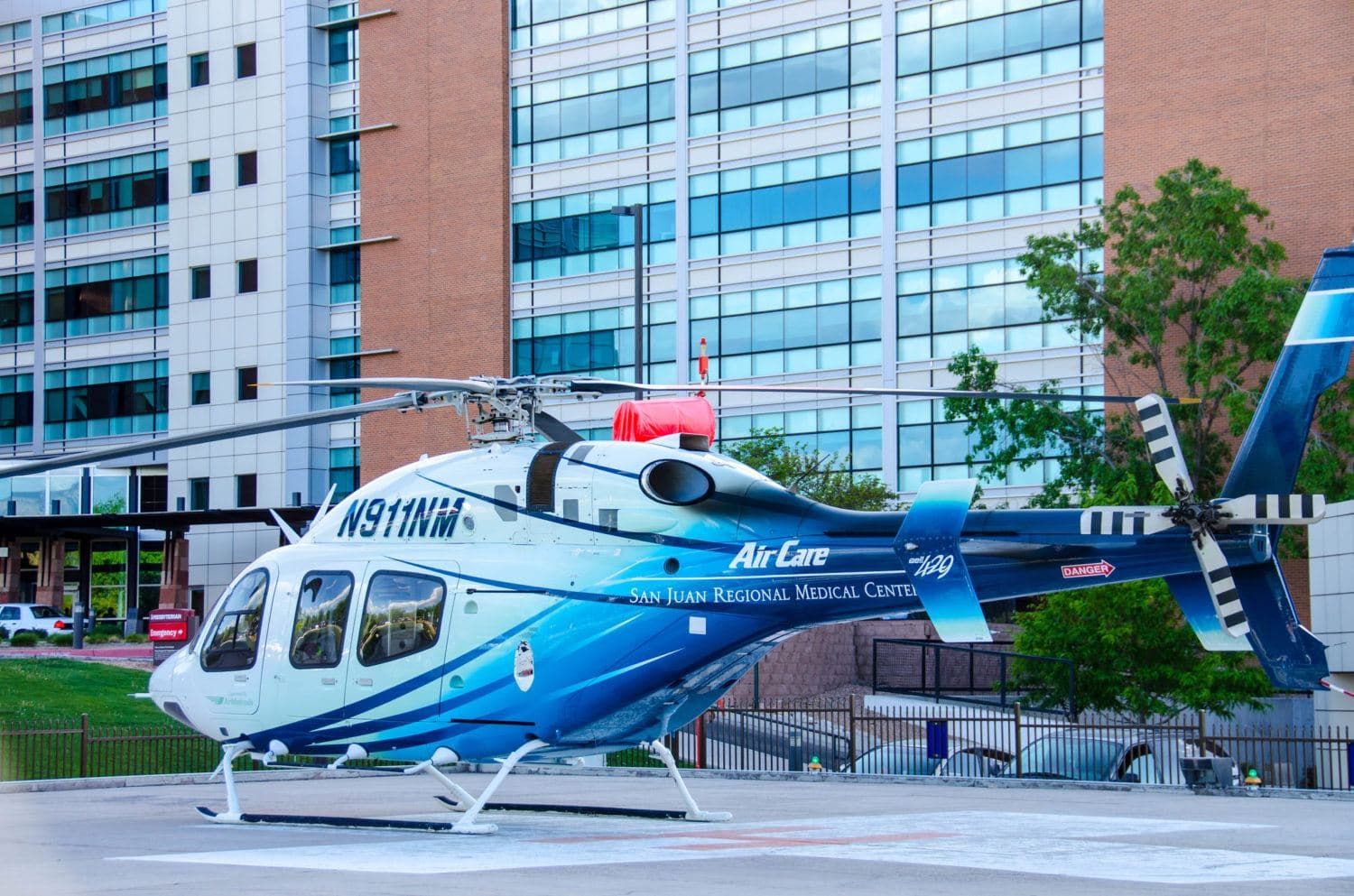Two Fatal Motorcycle Crashes in Farmington Raise Safety Concerns
Two people died in separate motorcycle crashes in Farmington within two days, highlighting risks at local intersections and the strain on emergency services. Police urged heightened caution for drivers and motorcyclists, an appeal that underscores questions about road design, enforcement, and community safety.
Listen to Article
Click play to generate audio

Farmington authorities are investigating two deadly motorcycle crashes that occurred within two days, claiming the lives of a 69 year old man and a 26 year old adult and prompting renewed concern about roadway safety in San Juan County. The first collision occurred on Sunday when Clifford Mosley was riding a motorcycle along East Main Street and collided with a pickup turning into the Country Club. Police said the driver did not see Mosley. Two days later another crash took place near East 20th Street and North Butler Avenue after a motorcycle reported to be speeding and weaving struck a vehicle that was turning into a convenience store. Ariel Delgado was transported to San Juan Regional Medical Center and pronounced dead.
The rapid succession of fatalities has immediate public health implications. Fatal crashes impose acute demands on emergency medical services and trauma care, and they also produce lasting mental health and social needs for families, witnesses, first responders, and the wider community. For a county the size of San Juan, multiple traffic deaths in a short period can strain resources and deepen community grief. The presence of the regional hospital in Farmington is critical for rapid care, but prevention remains the most effective way to reduce mortality and long term disability from motor vehicle trauma.
Farmington Police traffic officers issued safety guidance to both drivers and motorcyclists, urging people to look twice before turning, keep headlights on, wear reflective gear and avoid speeding or weaving through traffic. These steps address immediate behavioral risk factors that contributed to the recent crashes. They also point to structural issues that merit attention, including intersection visibility, street lighting, signage, and enforcement capacity. Improving turn lanes, clearer markings, and targeted enforcement at high risk intersections could reduce blind spots and conflicts between motorists and motorcycle riders.
Beyond engineering and enforcement, there are equity considerations. Motorcyclists include a wide range of residents, from older adults to younger people who rely on two wheels because of affordability or work needs. Equitable safety strategies should consider access to protective gear, affordable safety training, and inclusive public information campaigns that reach non English speakers and those without regular internet access. Community programs that subsidize reflective gear or helmets could be lifesaving for households with limited resources.
Local leaders and transportation planners will need to weigh immediate enforcement and education efforts alongside longer term investments in infrastructure. In the meantime residents can help reduce risk by slowing down at intersections, giving extra space to motorcycles, ensuring vehicle lights are on and functioning, and practicing heightened situational awareness during turns. The recent losses in Farmington are a reminder that traffic safety is a public health priority that affects the entire community.


